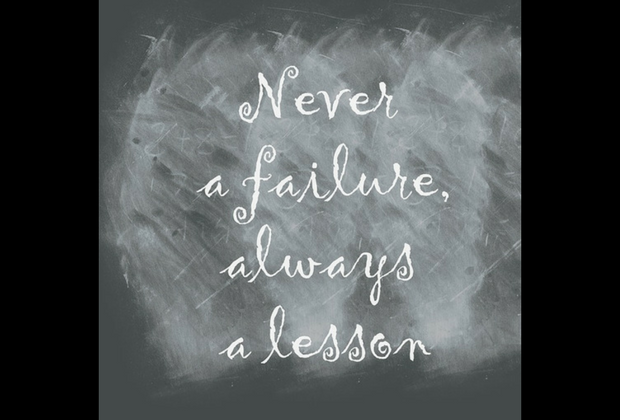How to Start Over After a Business Failure

If you have had to close your business, it’s not the fault of the economy or your industry. According to a U.S. Small Business Administration report, these are not significant factors in determining a business’s survival rate. The SBA study revealed two-thirds of small businesses rarely make it to their second year, with half of the remaining number closing their doors before they can celebrate a five-year anniversary.
Although the study was done in June 2012, statistics about small business survival rates remain similar today.
Still, if you had to close your business, it’s not the end of your entrepreneurial dreams. Like the Phoenix, a mythological bird in ancient Greek folklore, you can rise from the ashes. Here are a few practical suggestions on how to not let a business failure define you and stop you in your tracks. It’s always possible to start anew.
Learn From Your Mistakes
Failure is not final. If you look carefully at it, you will find that failure is a gift because it can help you eventually rise to success. Rather than giving up, cull the wisdom of retrospection. Evaluate why your business failed. What went wrong? How and when did it go wrong?
Your intention to see the lesson is both cathartic and revitalizing. It’s cathartic because you feel empowered to take responsibility. As a result, you will stop feeling like a business casualty. It’s revitalizing because your documentation of your successes and failures will give you remarkable insights on how to run a business. When you recognize what worked, you can repeat it. When you notice what didn’t work, you can explore and experiment to find new solutions. When you incorporate failure as a lesson rather than succumb to it as a predictor of your future, you are ready to start a fresh new chapter of business life.
Perhaps your business failure may not have been a cash-flow problem, mismanagement of staff and resources, inefficient operations, or poor customer service. Instead, you could have chosen the wrong location. If, for example, you had a manufacturing business, it may have thrived in a different region or state, or even in a different country. Many United States businesses that move to Mexico find that their Mexico manufacturing firms thrive because of much lower operating costs and far less competition. After discovering that applying for a work permit and launching a company in Mexico is easy, they also found out that their personal quality of life improved because of lower living expenses.
Rebuild Your Self-Esteem
Setbacks have a way of pummeling your self-esteem. You not only feel awful, but you begin to generalize the extent of your failure going back to childhood. Psychologists call this over-the-top reaction to failure “catastrophizing.”
Here’s the thing: humans build success on a series of failures. We learn through experience. The more you fail, the more you learn what not to do. Eventually, you do enough of the right things to become highly proficient at it.
After a business failure, analyze your mistakes. Then, rebuild your self-esteem so that you can get back on your feet and put the lessons you learned into practice.
You can rebuild your self-esteem by envisioning future success, using positive affirmations repeatedly, celebrating all your small wins, and changing your body language.
In the final analysis, failure is not an aberration. It is only a negative feedback loop. So fail faster to learn what not to do quicker. We have learned to fear failure because of incorrect social conditioning. Our family of origin reprimanded us for making mistakes. Our educational system punishes us with poor grades for making errors. Our employers criticize us for failing to follow the rules or not creating the right results. However, nature intended us to fail our way to success. We learn through contrast. We rarely appreciate the right way to do anything until we have done all the wrong things first.

